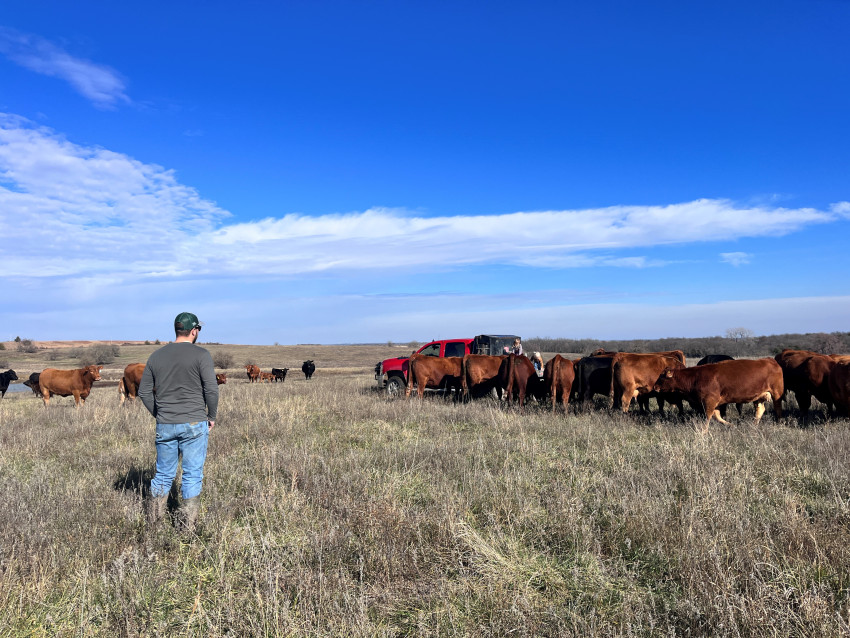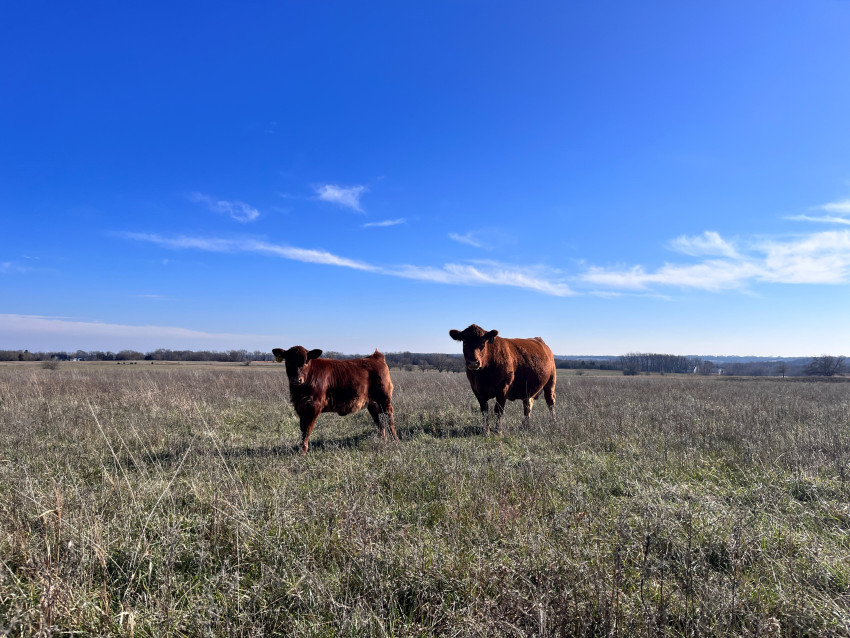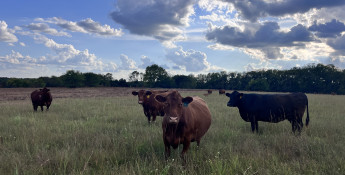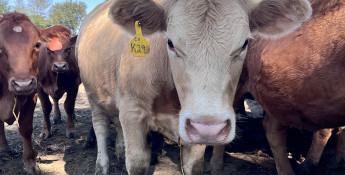By Brandi Buzzard on December 21, 2023
Barriers to Ranching Come in All Forms
Navigating the Ranching Landscape: Embracing Resilience Amidst Challenges
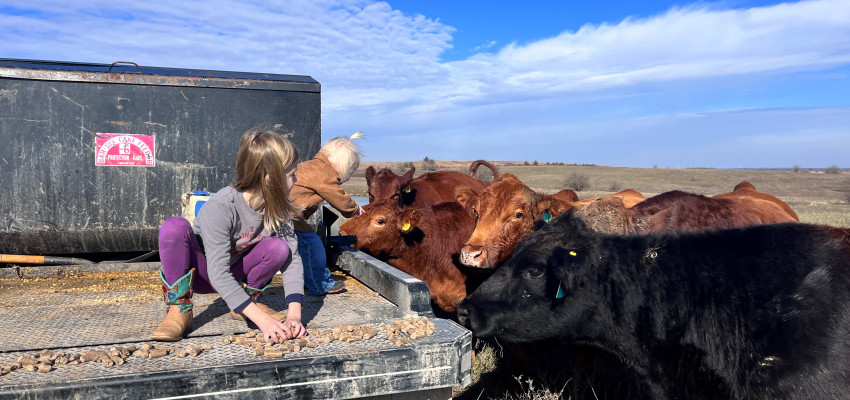
I want to preface this post by saying that by no means do I have a “doom and gloom” attitude about agriculture or cattle ranching. My family and I are happy on the ranch and in this lifestyle, and we accept the challenges we face with our chins up, knowing we can think critically and adapt to what comes our way. That being said, there are some challenges we deal with in the world of cattle ranching – some consistently and a few that ebb and flow. So, in no particular order, these are the challenges that leave us unimpressed:
Drought/Weather in General
One might think, “Drought? It’s not even hot outside!” but droughts continue through winter. For example, my home in Anderson County is still in a moderate drought as categorized by the United States Department of Agriculture and the National Oceanic and Atmospheric Administration. In the fall and winter, ranchers hope for moisture that can be soaked up by the soil and run-off to fill our ponds and streams. While cold rain is not ideal for cattle, we cannot function and survive without water, so we deal with the mud and appreciate any moisture we get – whether it be rain, sleet or snow. On the other hand, too much snow as in the case of disastrous blizzards can be devastating to livestock, fences, property, mental health and much more. Hence why ranchers and farmers check the weather about 25 times per day.
Public Policy
I believe most policymakers feel they are working to improve the lives of American citizens when they introduce new policies – I truly do. However, some policies are outright detrimental to animal agriculture which in turn doesn’t improve the lives of those who raise livestock. Recently, policies directed at reintroduction of prey animals into livestock habitat and the elimination of feedyards greater than 1,000 head have been discussed, introduced or passed and they could have far-reaching effects.
Animal Rights Activists
On the reverse side of well-meaning policymakers are activists whose sole mission is to annihilate animal agriculture. Organizations such as the Humane Society of the United States and People for the Ethical Treatment of Animals – both with names that conceal their intentions – consistently strive to dismantle and eradicate animal agriculture. On the surface, these organizations use puppies and kittens to raise funds for shelters when they are actually using said funds to push through public policy like those aforementioned. If aiding abused pets is your goal, please consider donating to your local animal shelter or veterinary clinic where those funds are desperately needed for pet care.
Input costs
As with nearly all goods and supplies, farm and ranch inputs have had price increases, as well. Feed, seed, fertilizer, equipment, genetics, etc., have increased, which requires us to manage our budgets responsibly. We are also striving to think outside the box when it comes to leveraging our costs against income streams and if the ROI is worthwhile.
Again, this is not intended to be a “woe is me” post. For my family, the positive outcomes and experiences from cattle ranching far outweigh the negatives. However, we must be realistic, and talking about challenges helps us think through them while also helping our grocery shopping customers understand the intricacies that go into raising the beef they love. If you have any questions about our ranch, eating beef or ranching in general, please don’t hesitate to send me an email at bbuzzard13@gmail.com.
I wish you all a blessed holiday season and a safe and Happy New Year!

